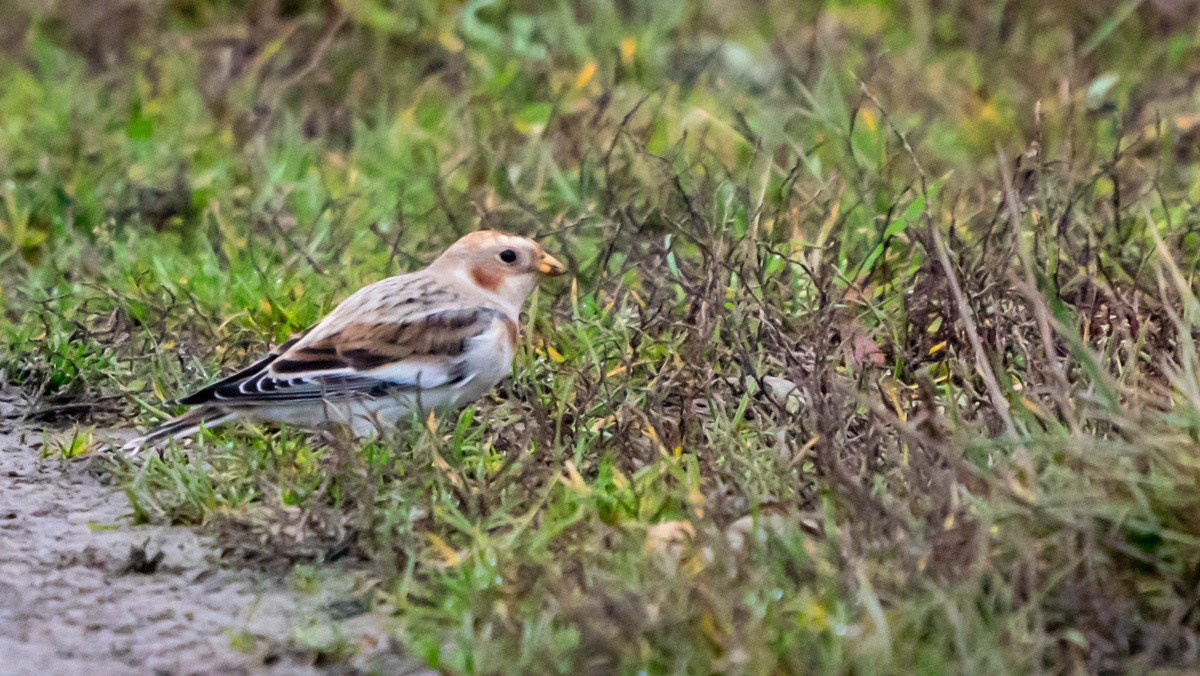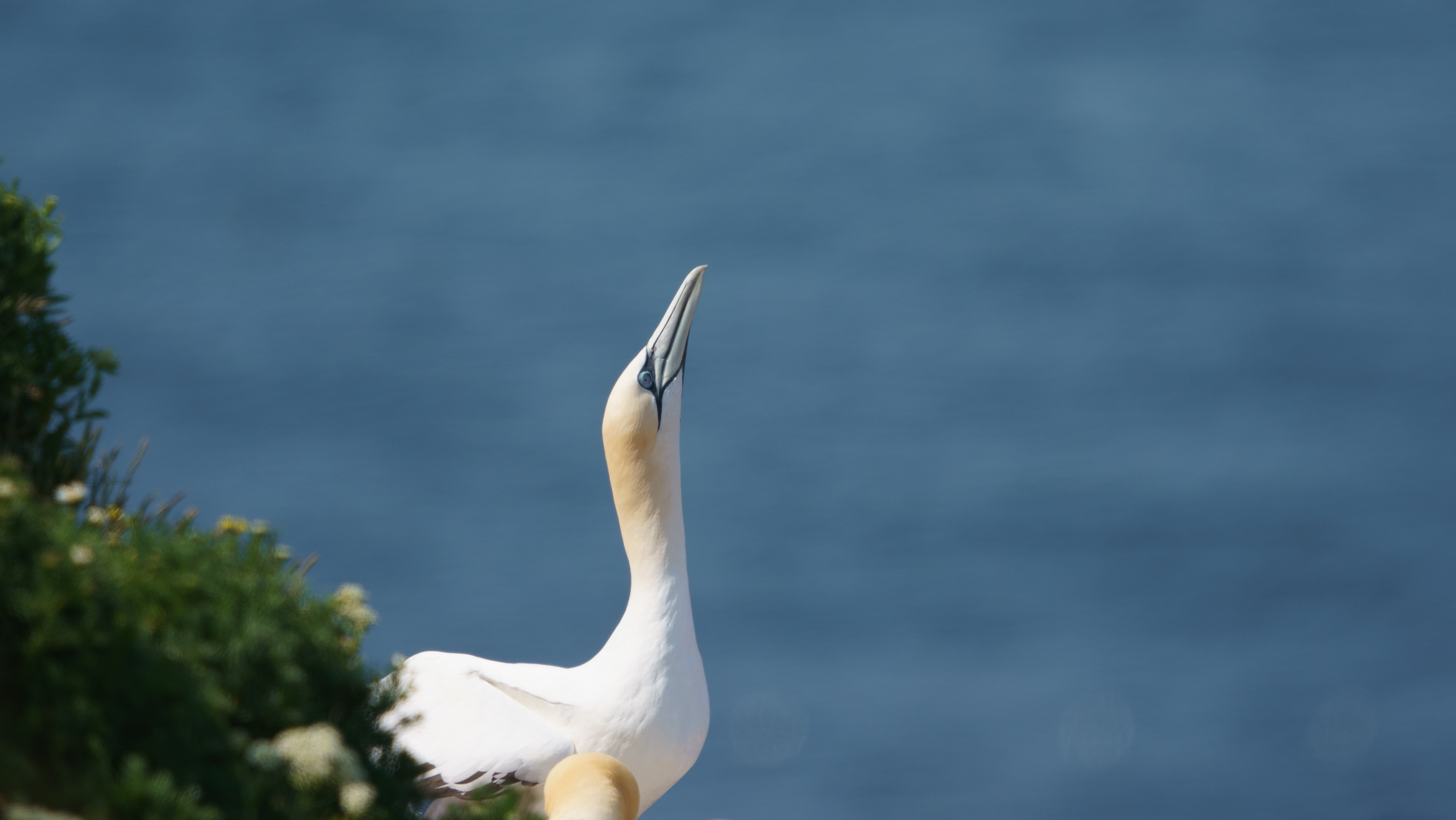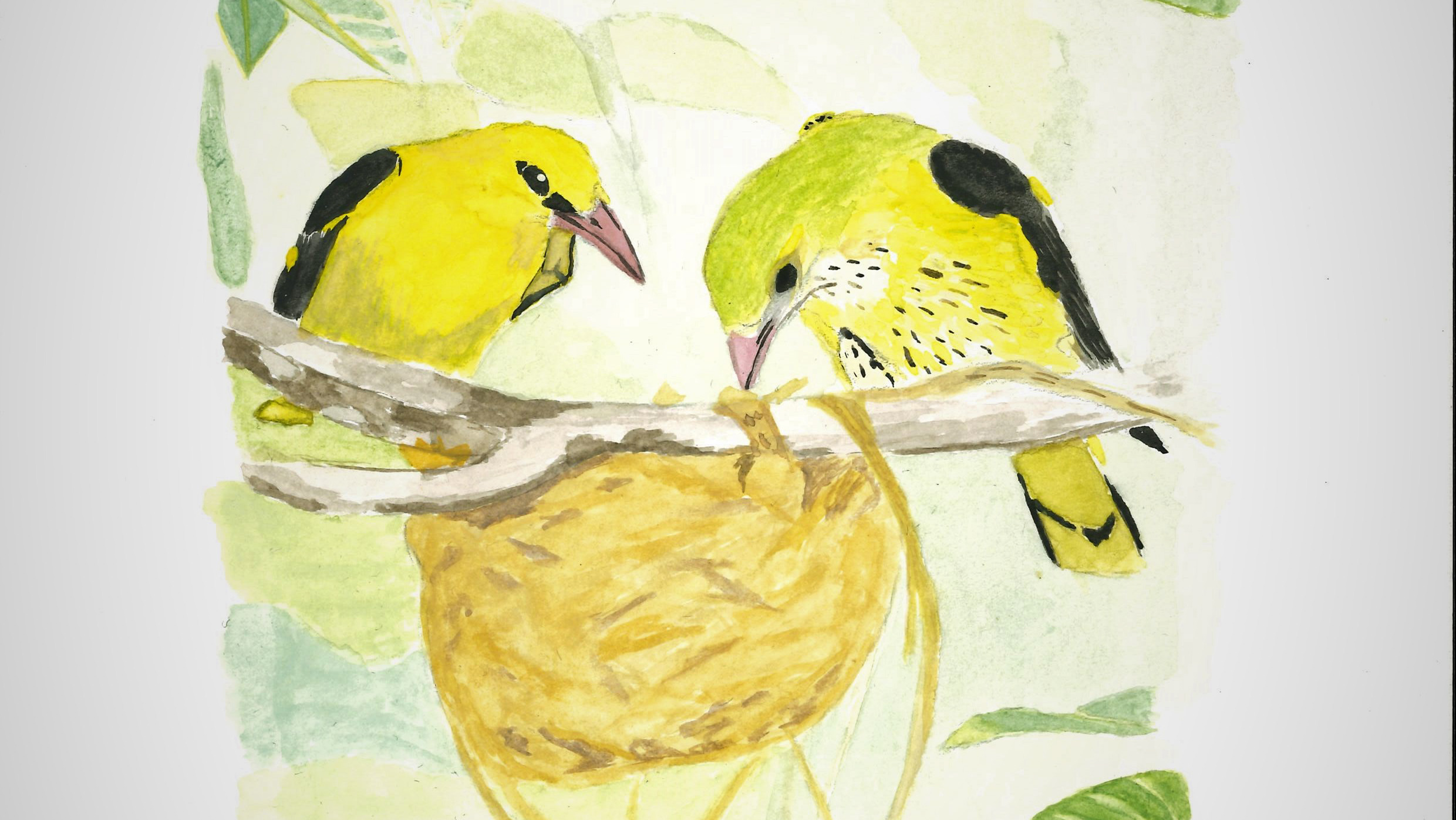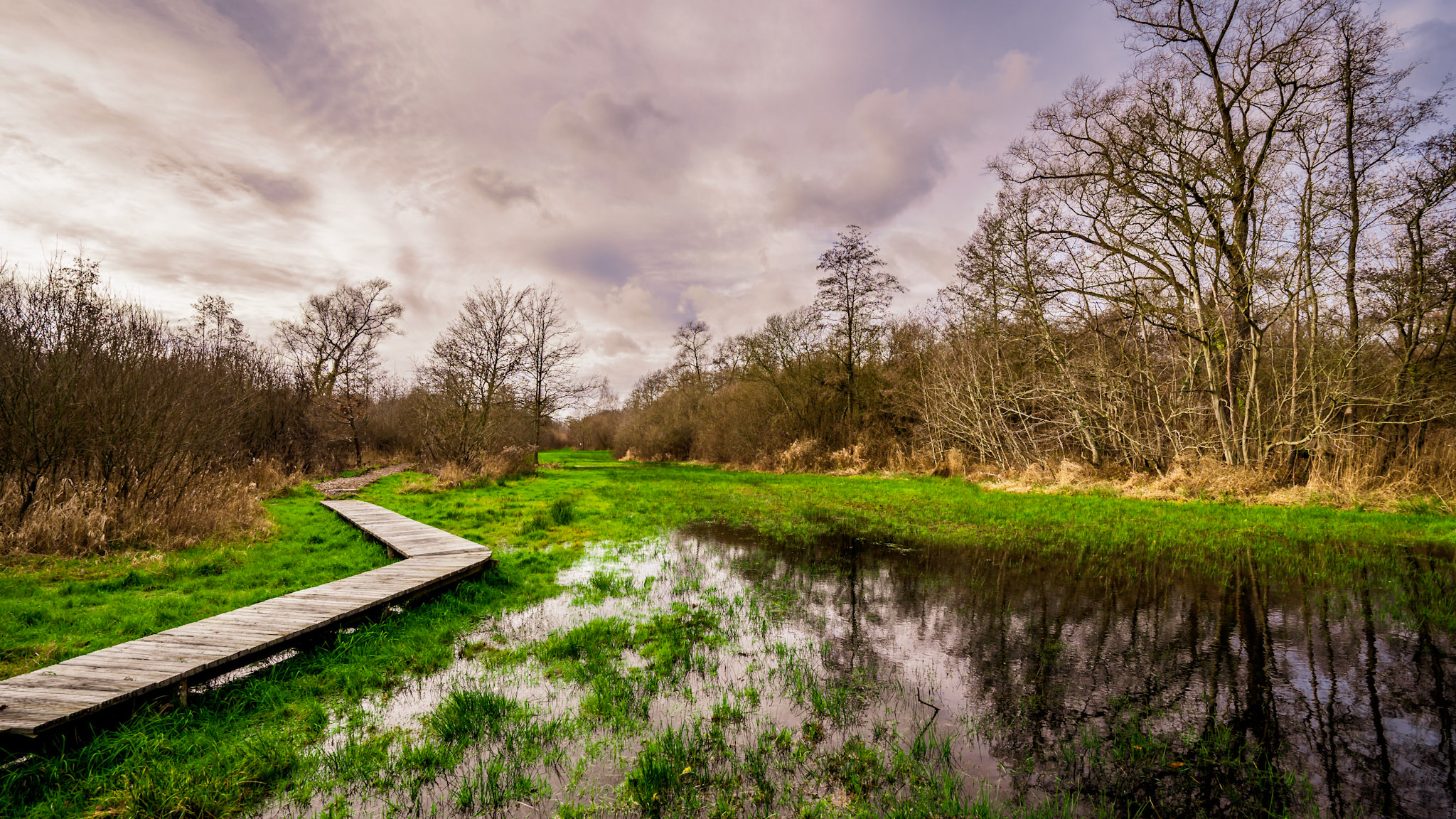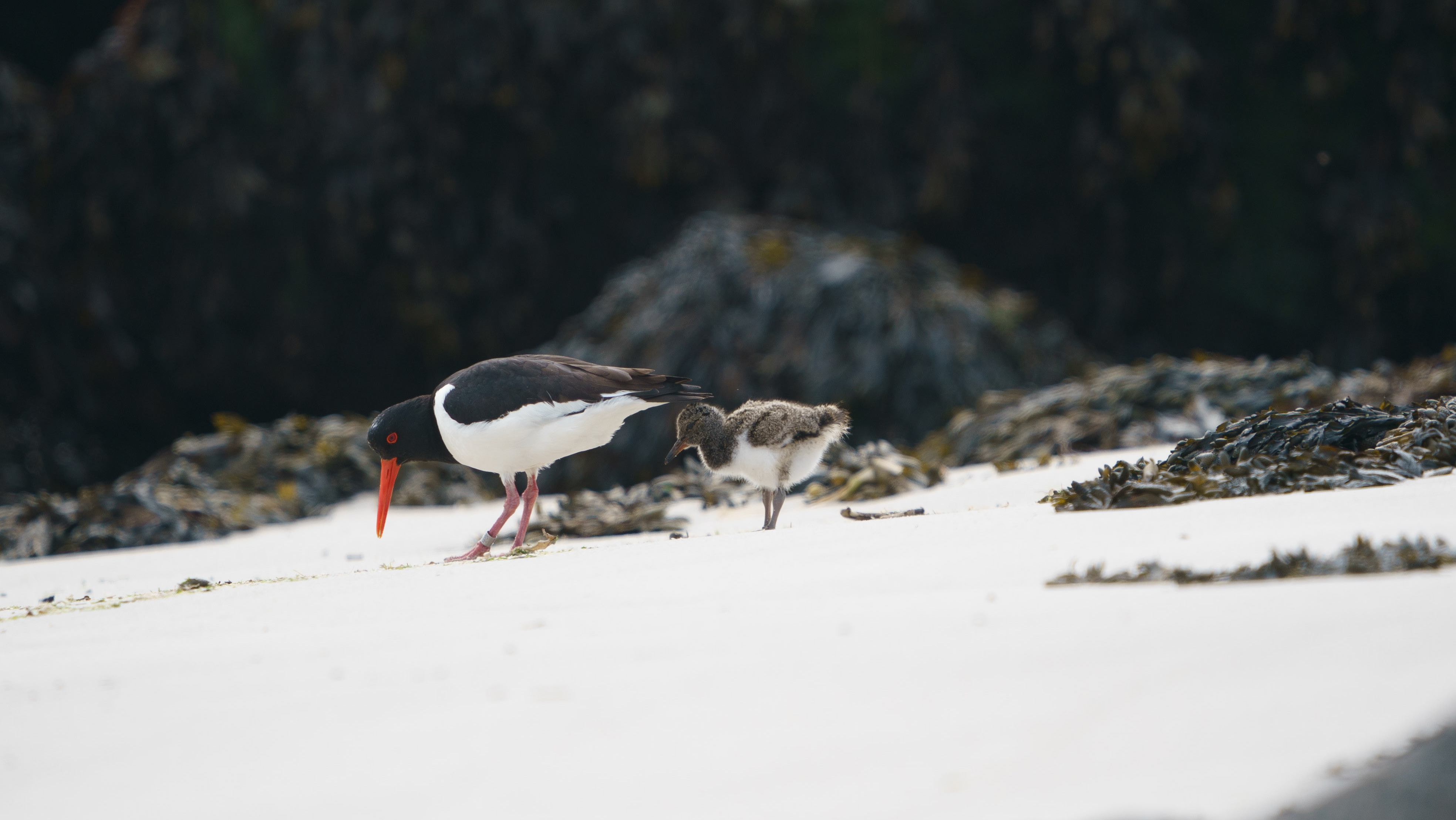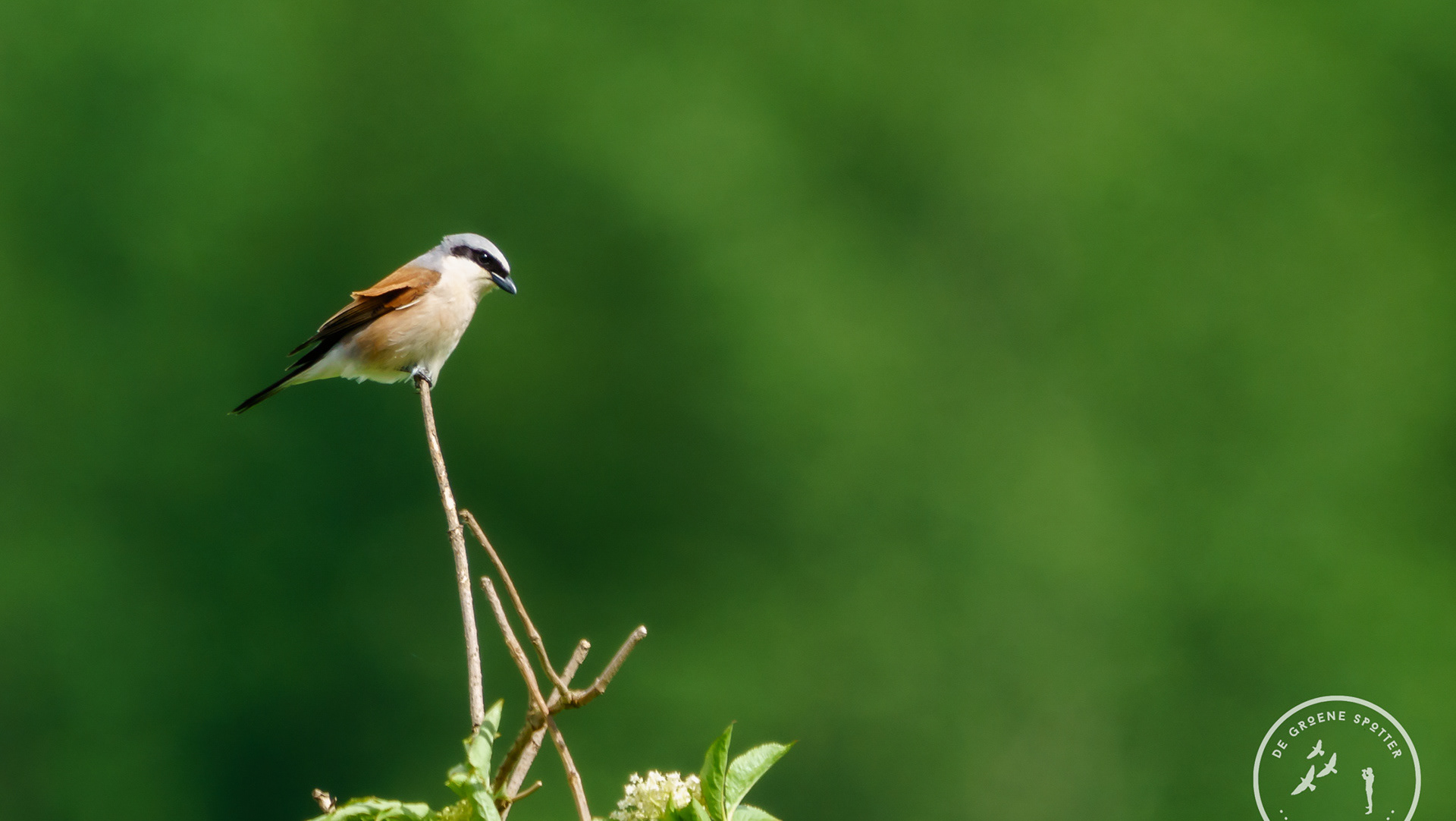Early this month, I was ready with my rucksack, mackintosh and hiking boots at the Torfbroek car park (end of Visserijlaan in Kampenhout). With a small group of hikers, we headed into the area. Guide for the day was Jan Wouters, a walking plant guide and an expert in recognising the different species of grasses and false grasses.
A second walk was planned later in the month, which I was of course happy to attend. This time there was more interest and the large group of about 50 participants was divided into three smaller groups, led by guides Jan, Pieter and Dylan.
Torfbroek is mainly known for its variety of orchids and reed birds, which is why this area has been on my
to-walk/to-bird list.
to-walk/to-bird list.
The only walk you can do here is the one signposted by the walking junction network (104 (parking) -103 - 102 - 105 - 104).



A wealth of orchids
You can easily find about a dozen species of orchids here in the blue grasslands. The wood orchid and great midge orchid are the most common species in this area. With their beautiful blooms, they bring pink/purple accents to the grassland. A beautiful sight that would make any caretaker jealous.
It is thanks to the combination of wet soils and the presence of very calcareous groundwater that orchids are abundant here.
During both walks, less common orchids such as bee orchid, great beetle orchid and marsh helleborine could also be admired.
During both walks, less common orchids such as bee orchid, great beetle orchid and marsh helleborine could also be admired.
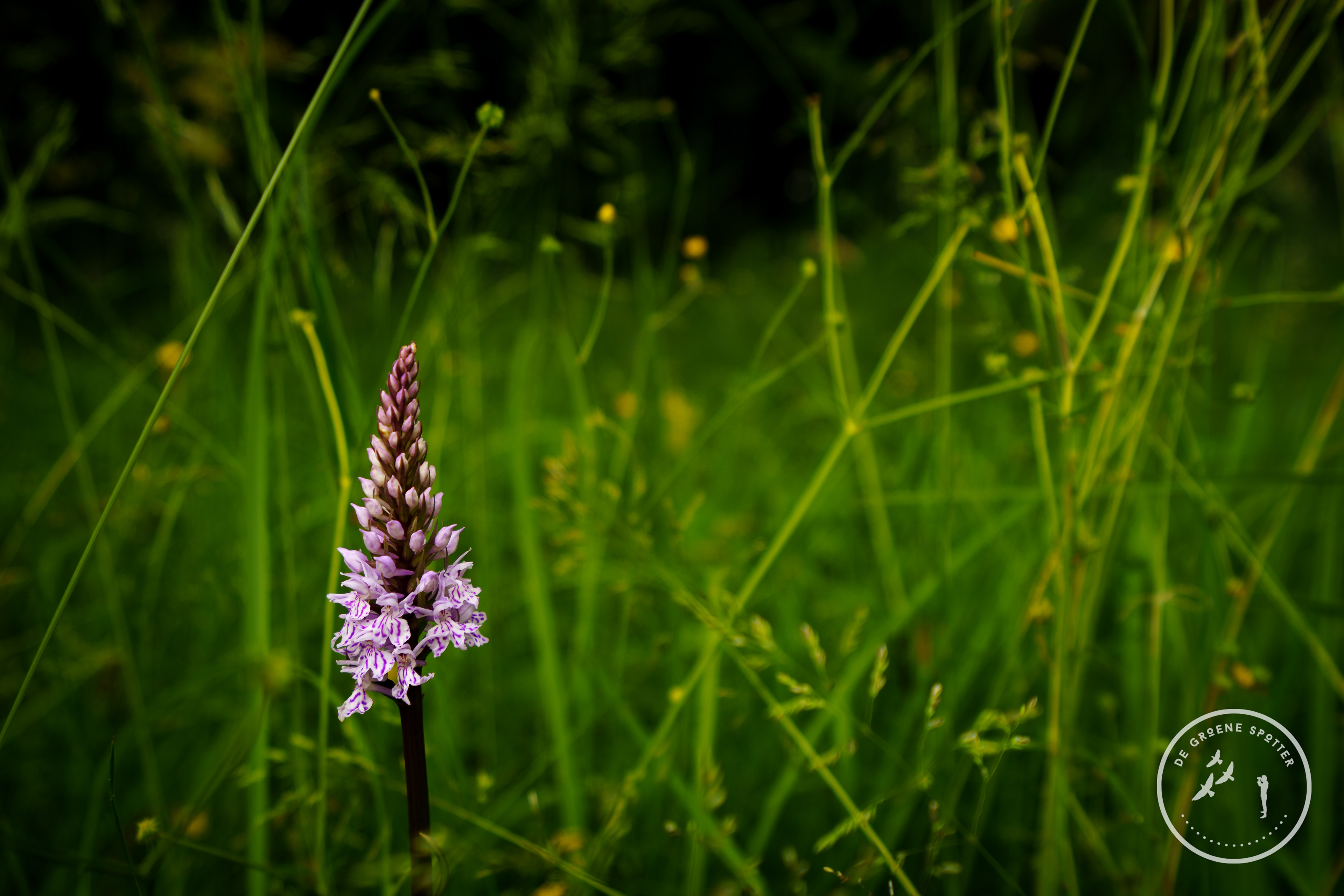
Bosorchis
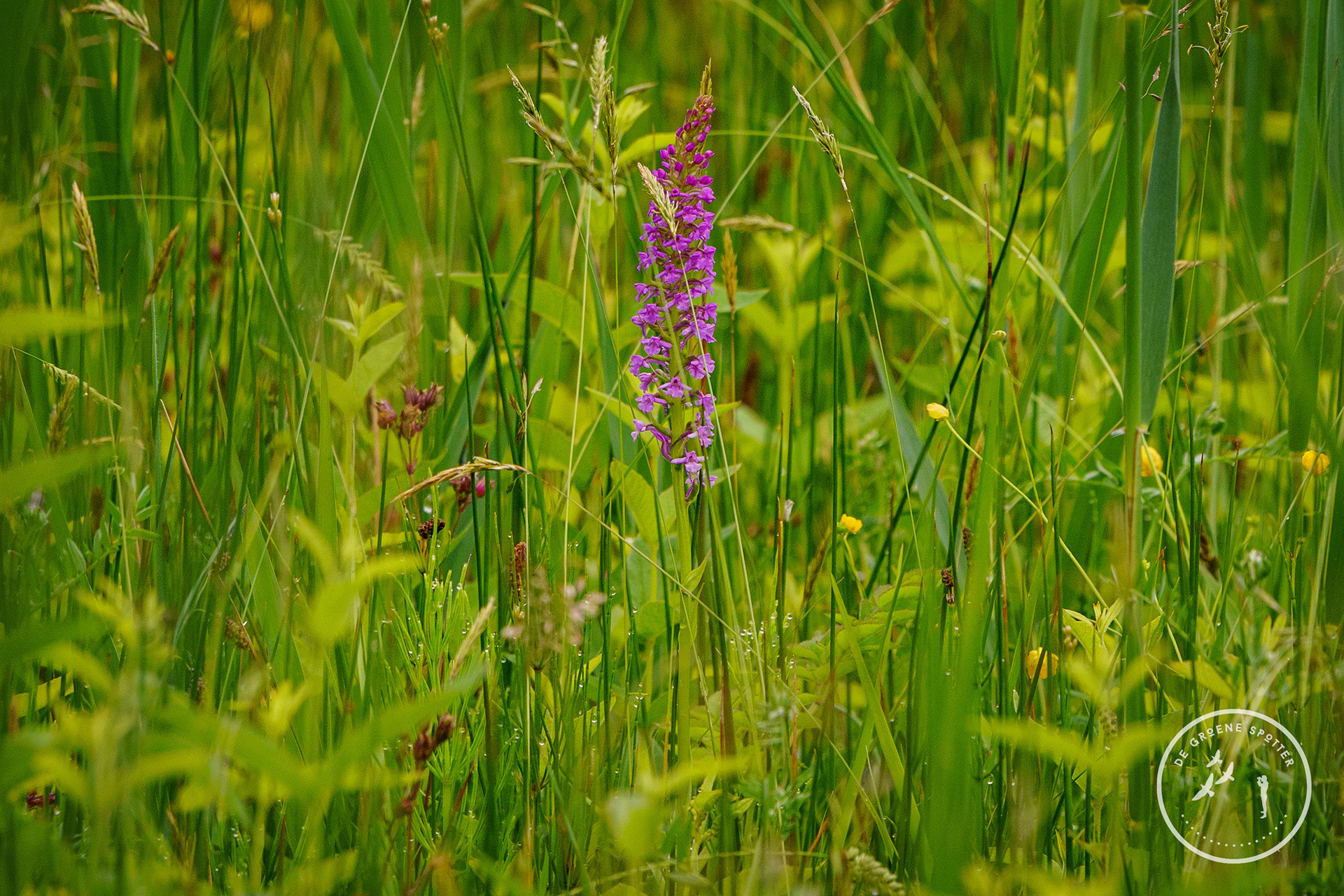
Grote muggenorchis
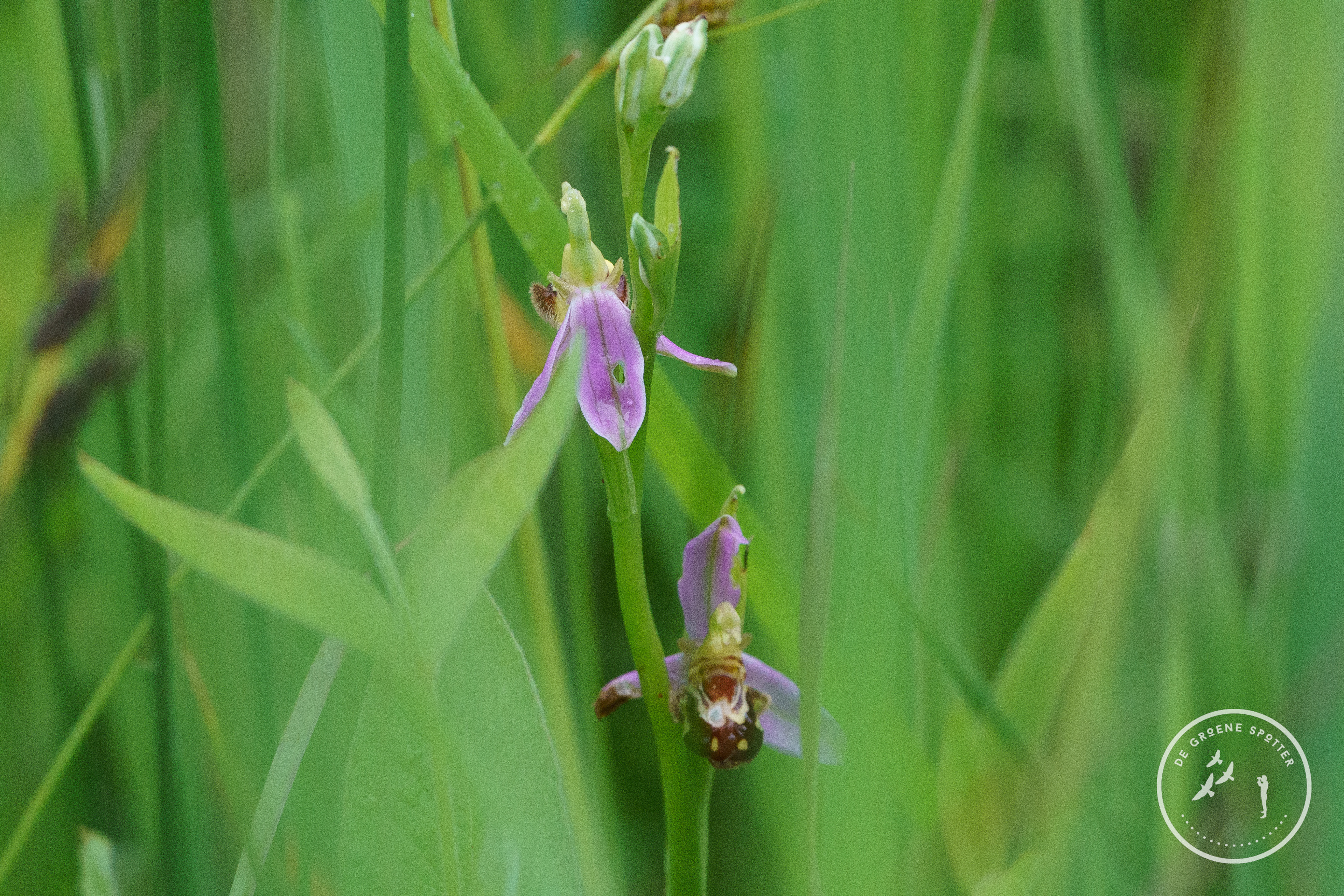
Bijenorchis
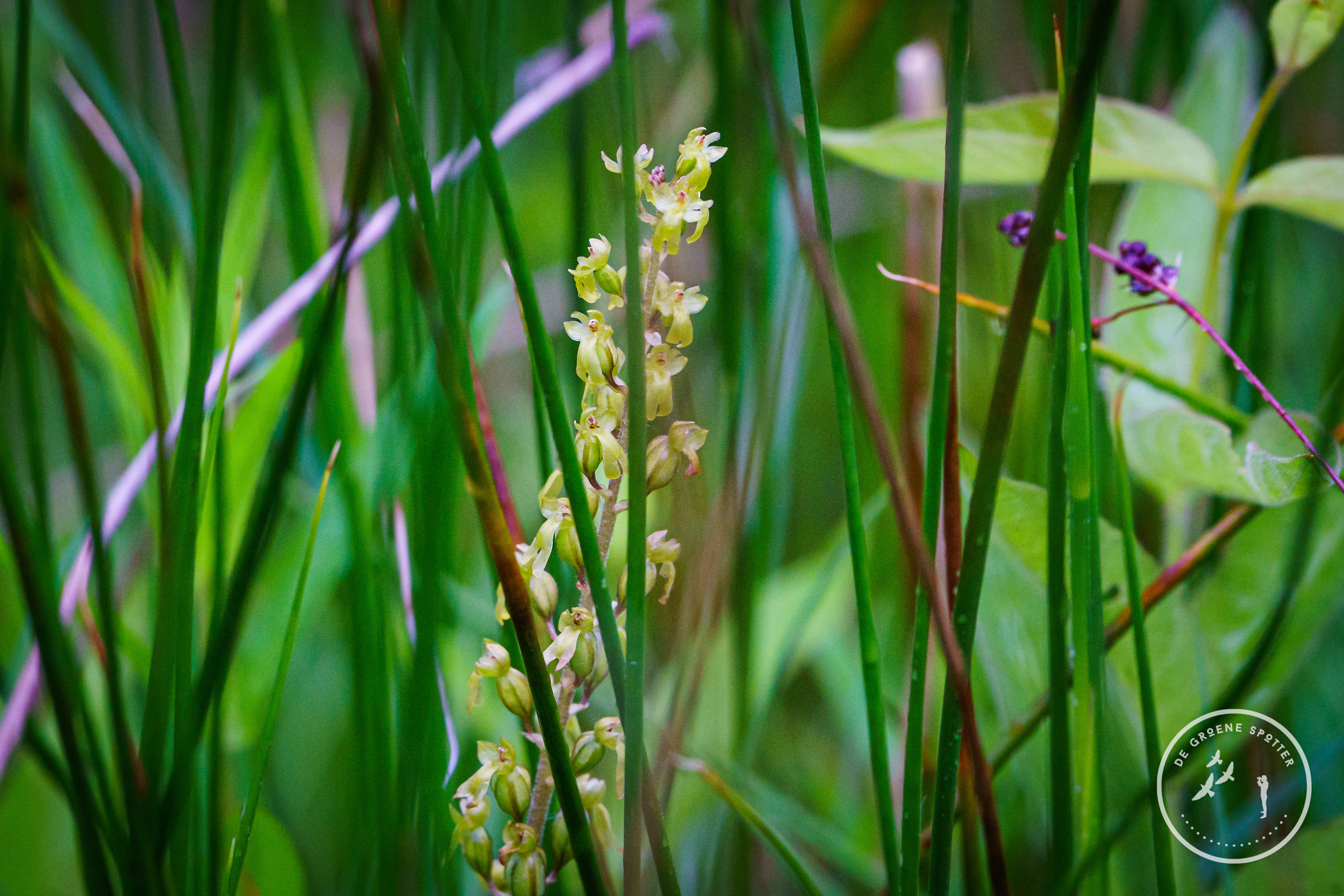
Grote keverorchis

Moeraswespenorchis
Nature management pays off
In the mid-1970s, this area came under the management of Natuurpunt and was a clear salvation from villa building in the immediate area.
It is thanks to adapted grassland management that the Torfbroek became an ideal area for many special grass species, including sedges (scaled sedge, vlozegge, ...) and rushes (especially a lot of toadrus).
It is thanks to adapted grassland management that the Torfbroek became an ideal area for many special grass species, including sedges (scaled sedge, vlozegge, ...) and rushes (especially a lot of toadrus).
About a third of the area consists of open water surrounded by (reed) marsh and woods, which in turn makes it ideal for both flora and fauna.
This reed marsh landscape is also an ideal place for many reed birds such as cetti's warbler, reed bunting, wood warbler and reed warbler.
This reed marsh landscape is also an ideal place for many reed birds such as cetti's warbler, reed bunting, wood warbler and reed warbler.
At the start of the walk, we pass a recently excavated pool with remarkably clear water. It turned out to be hard work to convert an old landfill site back into a natural pool with a beautiful end result. In the pools, wreath species are growing spontaneously again and the highly overgrown banks are again populated with coots and moorhens.
If you are lucky, you can hear the shrill call of a water rail here. That distinctive call is similar to that of a screaming pig, but don't miss out.
Pay particular attention to a long-held "tilt, tilt, tilt".
Pay particular attention to a long-held "tilt, tilt, tilt".
The sound of a water rail, at 0:29 you can hear the cry comparable to a screaming pig
Fact: A European nature management project called LIFE project Green Valleys is currently running in the area.
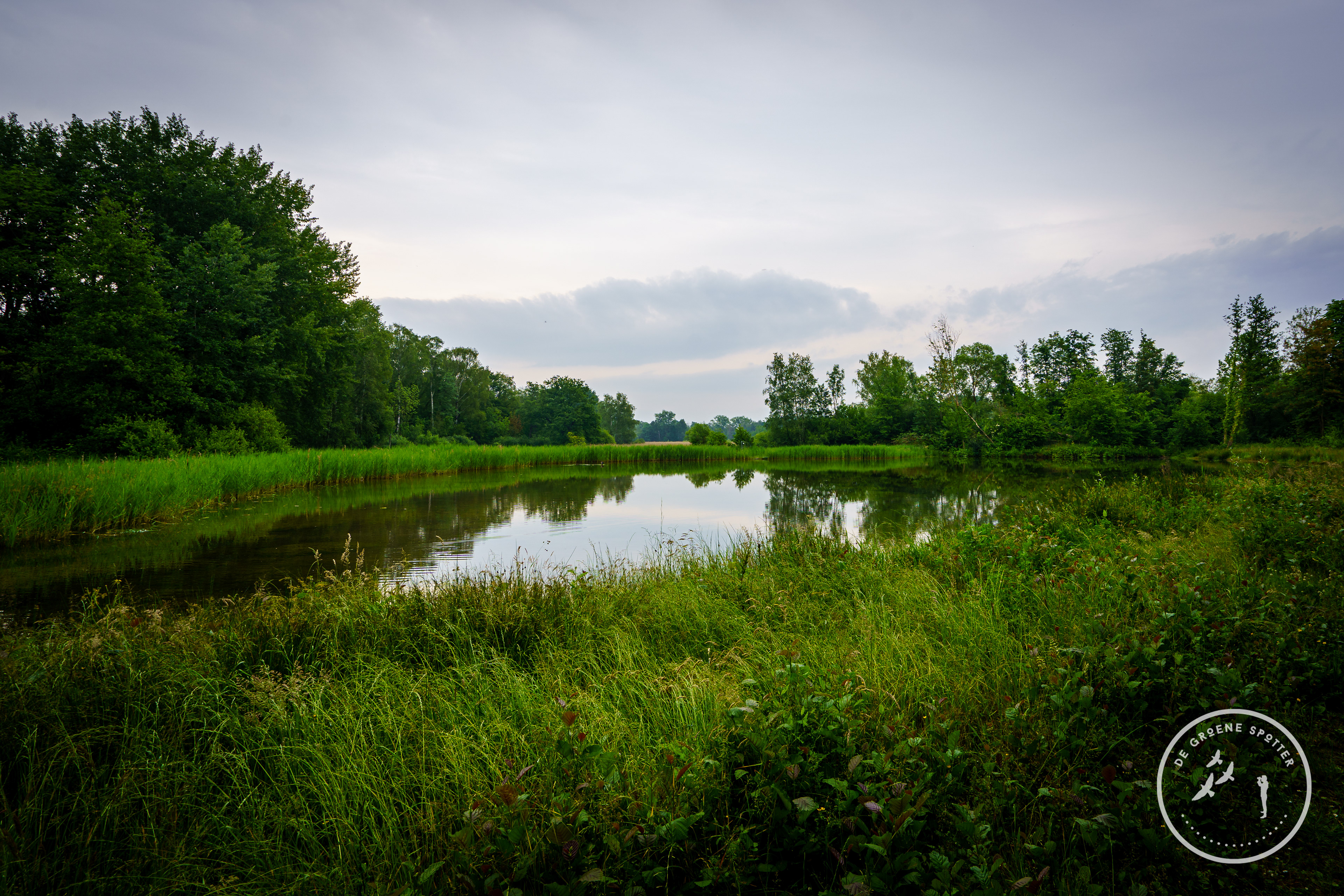
Een lage vijver dat vroeger een steenpuin stortplaats was


Mannetje beekoeverlibel
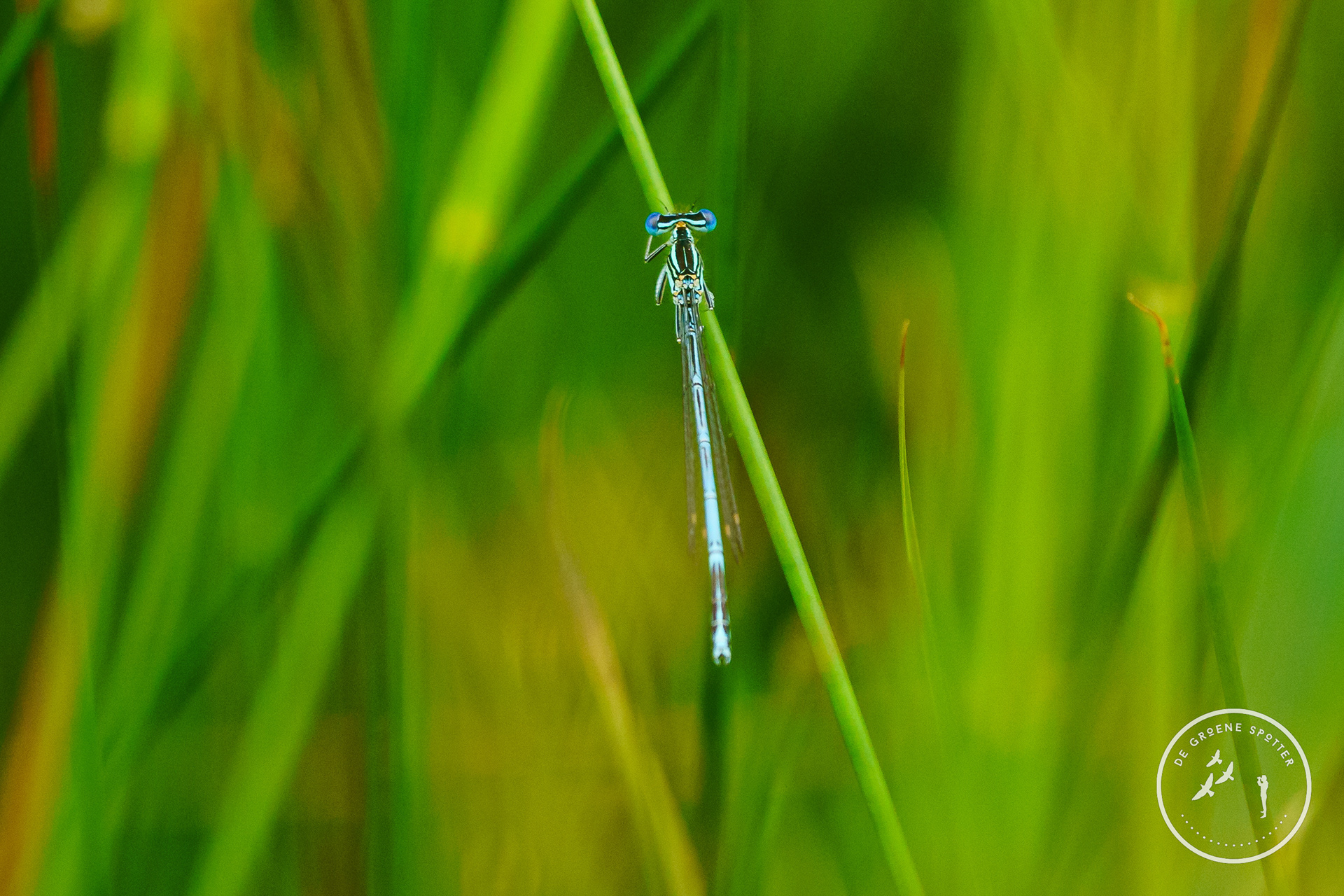
Blauwe breedscheenjuffer

Vrouwtje beekoeverlibel
Look! A harrier!
Accompanied by our guide, we walk into the rest zone and get more into the marshy part where the presence of rising groundwater (seepage) is clearly visible in many places.
As soon as we follow the path through the reed swamp, our guide spots a marsh harrier (Circus aeruginosus) flying up from the reeds in the distance. It's actually no surprise, as the Torfbroek is an ideal breeding habitat for harriers thanks to the presence of lots of reeds.
The English name for this species is therefore not for nothing western marsh harrier.
Marsh harriers are one of the largest birds of prey in Flanders, slightly larger than a buzzard. However, they are slimmer-built and have longer wings.
Like buzzards, they also use gliding flight, but with them you notice a shallow V in the wing posture.
The female is brown coloured with yellow head, while the male is less contrastingly coloured.
He has a grey head and grey wings with distinctive black terminal tips.
Marsh harriers are one of the largest birds of prey in Flanders, slightly larger than a buzzard. However, they are slimmer-built and have longer wings.
Like buzzards, they also use gliding flight, but with them you notice a shallow V in the wing posture.
The female is brown coloured with yellow head, while the male is less contrastingly coloured.
He has a grey head and grey wings with distinctive black terminal tips.
We turned right around so as not to disturb the breeding of the marsh harrier.
At node 104, we walked towards node 105, to see other species of orchids and grasses at the back of the large marsh pond. There, among the many wood orchids, we found a flowering bee orchid and a large beetle orchid.
At node 104, we walked towards node 105, to see other species of orchids and grasses at the back of the large marsh pond. There, among the many wood orchids, we found a flowering bee orchid and a large beetle orchid.
On the way back, on the opposite side of the pond, we could see a sedentary bird of prey, the female marsh harrier.
In short, this area has great wildlife value and will get more frequent visits from me from now on.
In short, this area has great wildlife value and will get more frequent visits from me from now on.
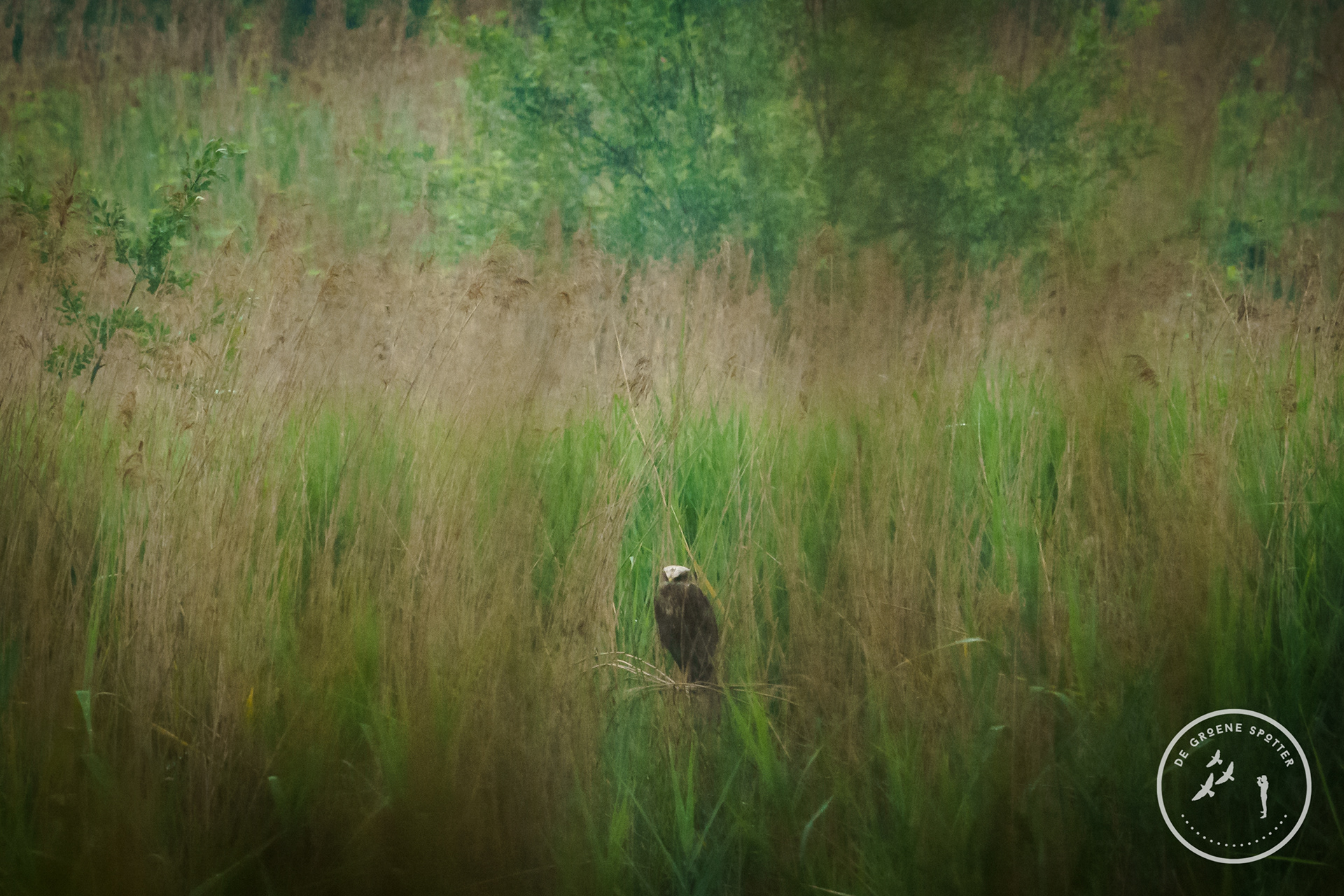
Vrouwtje bruine kiekendief houdt de boel in de gaten
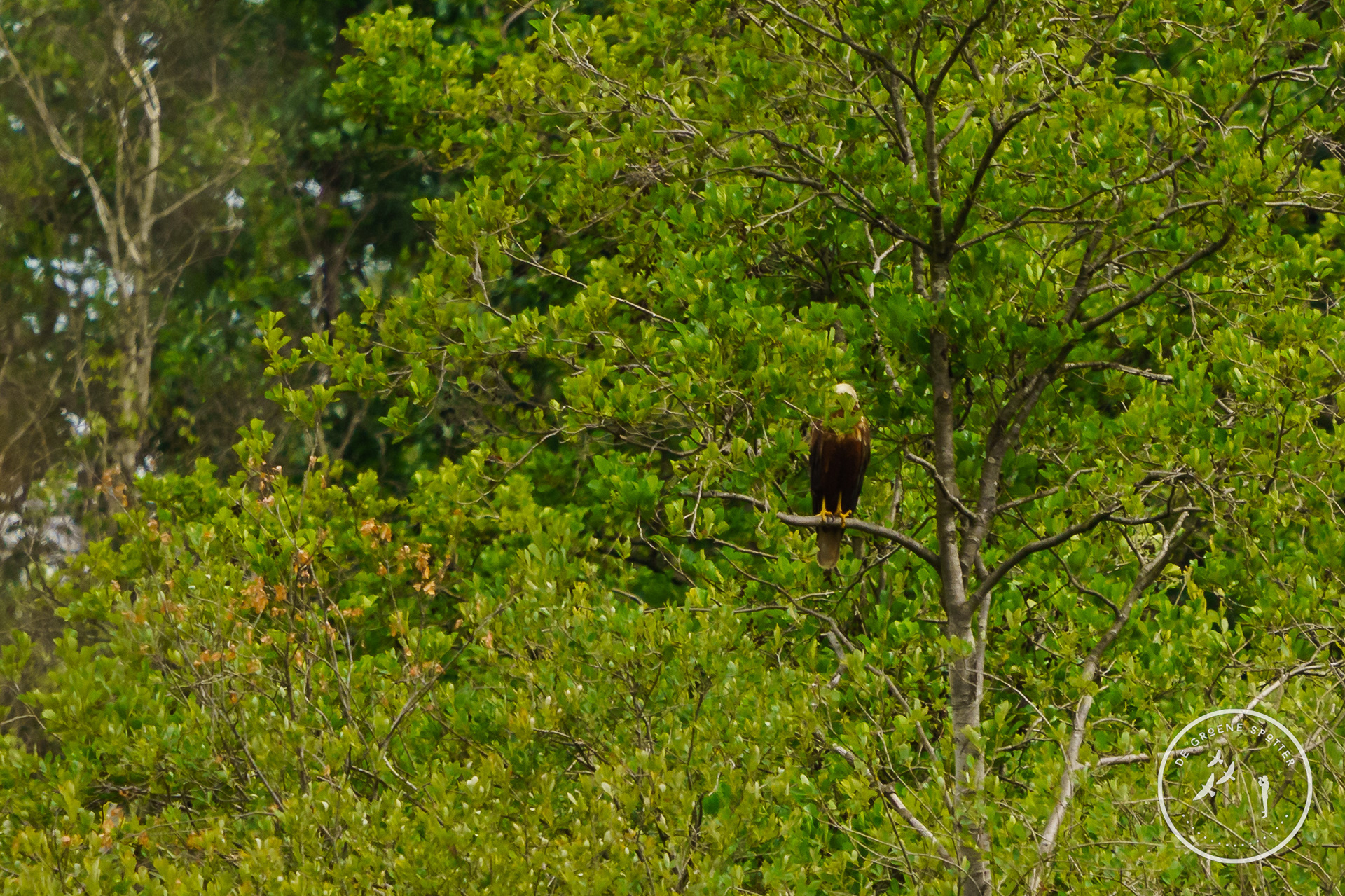
Vrouwtje bruine kiekendief tracht zich voor me te verstoppen


